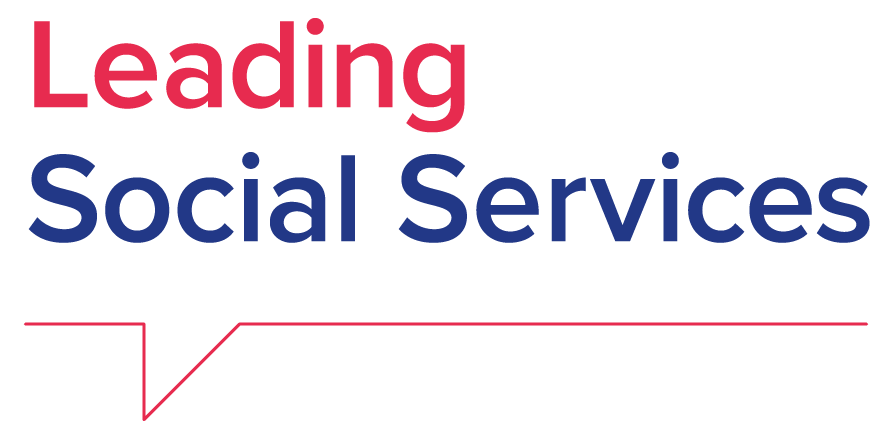The electronic welfare report was created to help local governments with inter-sectoral welfare management and political decision-making. The report serves as the foundation for strategic local work on social policy and practice, specifically operational and financial planning, practice implementation, and evaluation. It combines data from various sources, including the welfare sector, population well-being, the local economy, and local service infrastructure.
The creation of the electronic welfare report is aided by software that is linked to an online database, which aids in the creation of the actual document. This report is then used to draught the welfare strategy in the context of the local council's four-year term.
The tool provides information on the various dimensions of welfare by population group, including quality of life, mental wellbeing, work ability and functional capacity, social participation, social security, education and employment, equality and justice, and housing.
There are different indicators for each social group (for example, children, adolescents, families with children, young adults, working-age population, and the elderly). This includes information on social inequality, such as the Gini coefficient.
Objectives: Improving the collection and dissemination of pertinent welfare data; Transparent planning and data collection in each implementing local administration; Increasing efficiency in service planning and implementation


